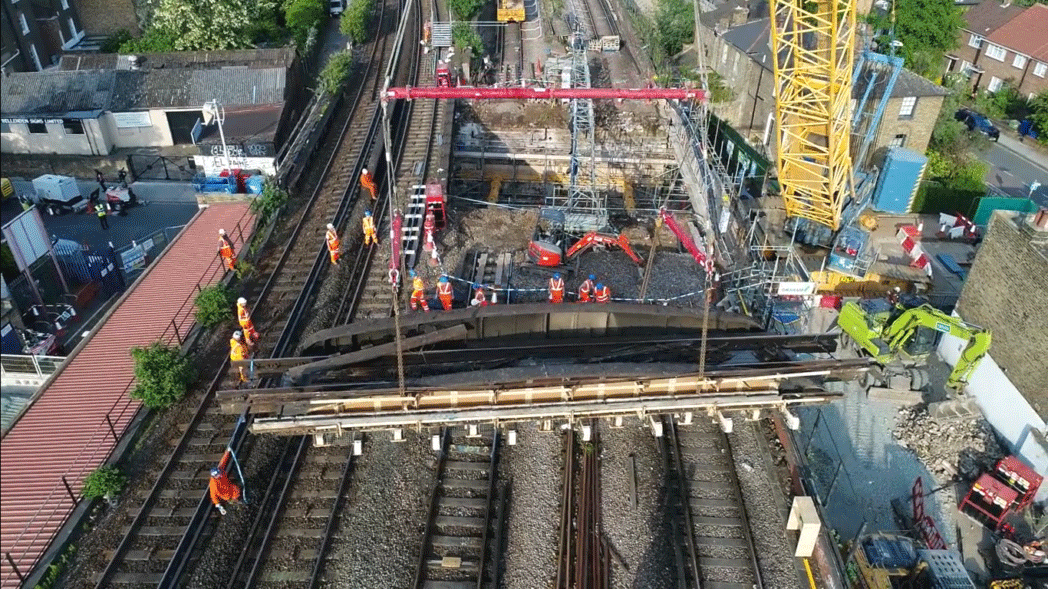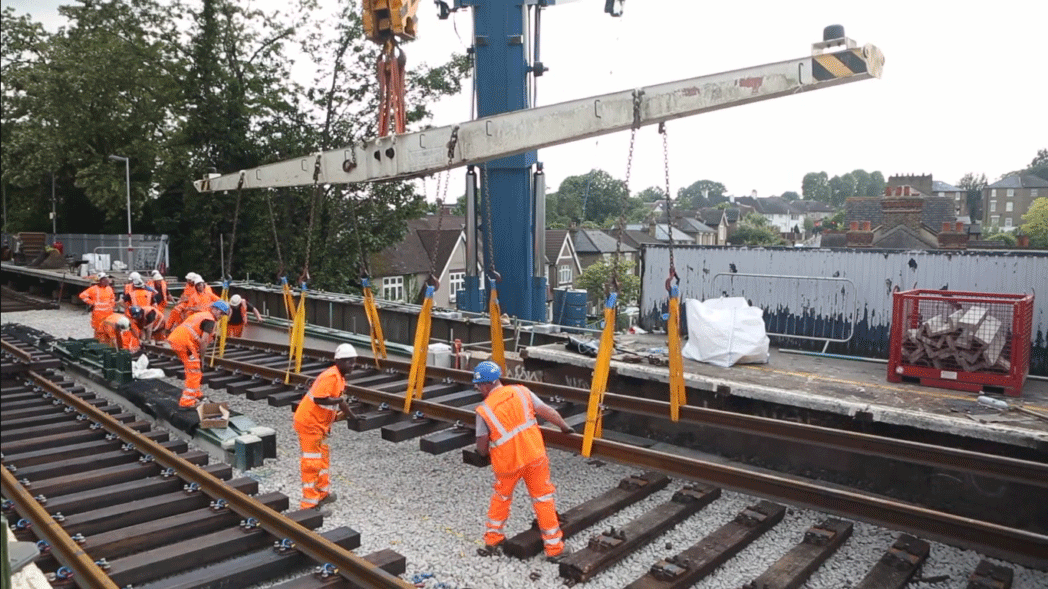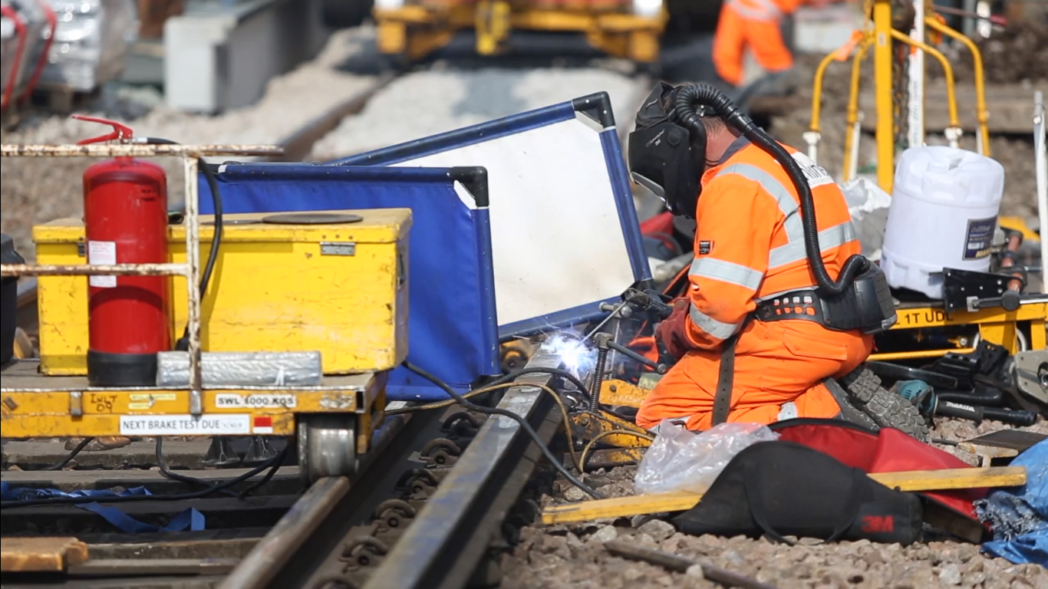
Temporary Works Planning Keeps London Commuters Moving
10/09/2018 - posted in UncategorisedCrucial upgrades to South East London’s rail network have passed seamlessly into history, despite major temporary works challenges, thanks to key ‘arch’ planning by HBPW.
Bellenden Road Underbridge in Southwark and Westdown Road Underbridge at Catford were originally built in the 19th century but were both life expired. They carry National Rail, London Overground and Thameslink commuter services, as well as providing a busy thoroughfare for railway freight services.
Network Rail decided to replace them and called in Graham Construction and HBPW as key engineering partners in the bridge replacement project, part of NR’s overall £78m investment in key asset maintenance and upgrades to more than 600 infrastructure schemes throughout the country.
Partner, Paul Monaghan takes up the story: “The bridges are only approximately seven miles apart and each features a multi-span arch with a flat over deck, probably one of the biggest challenges we faced in completing the temporary works and designing the new bridge structures.
“If you remove decks in such circumstances, the arches below become unstable with the threat of collapse so, as part of our advance planning, we had to do some clever arch analysis and, thereafter, design temporary works propping to remove that possibility.”
The temporary works became all the more important in light of the fact that heavy excavators, key to the essential work, were also going to be putting additional pressure on the existing structures as they were wheeled into place.

“At Bellenden Road we were unable to get a mobile heavy lift crane on site due to limited access – this structure is just metres from residential properties – and had to use a 350t crawler crane, not dissimilar to the one used at York’s Scarborough Bridge. Eventually the Graham team was able to replace the existing 12m single span deck with two new Network Rail standard U decks, each weighing in at 66t.”
Seven miles down the road at Westdown Road there was the additional challenge of passenger platforms.
“That meant we had just 72 hours possession time in which to remove them, demolish the old 12.5m bridge, install two new NR standard U decks, which were 74t each, and reinstate platforms in time for commuters to seamlessly continue using the station on Tuesday morning after the Bank Holiday. By any stretch, it was a mammoth operation!”
In the final event both projects featured propping to restrain the existing abutments from potential overturning, and the work was brought to successful conclusion despite horrendous weather on the final day.
“As a minimum this was an amazing team effort involving a range of supplier partners who came together seamlessly to deliver what was a huge engineering challenge.
“If pre-planning prevents poor performance, then this has to be a masterclass in how careful arch analysis before the project started, proved instrumental to its on-the-day success.”
During the 72 hour Bank Holiday possession there were some 100 men on site at one point.

“Thousands of man hours were worked and, because two bridges were demolished and reconstructed on the same day just a few miles apart, it is almost impossible to visualise the sheer scale of this £3m project.
“Every job was doubled up as teams operated independently across two sites. The health and safety implications were huge but, more to the point, there was not one H&S breach during the entire period. This was a job that required military precision which was largely achieved in the meticulous pre-planning period.
“Our temporary works input was, undoubtedly, a key factor in what was a great team effort by so many parties,” added Paul.
- Client: Network Rail
- Contractor: Graham Construction
